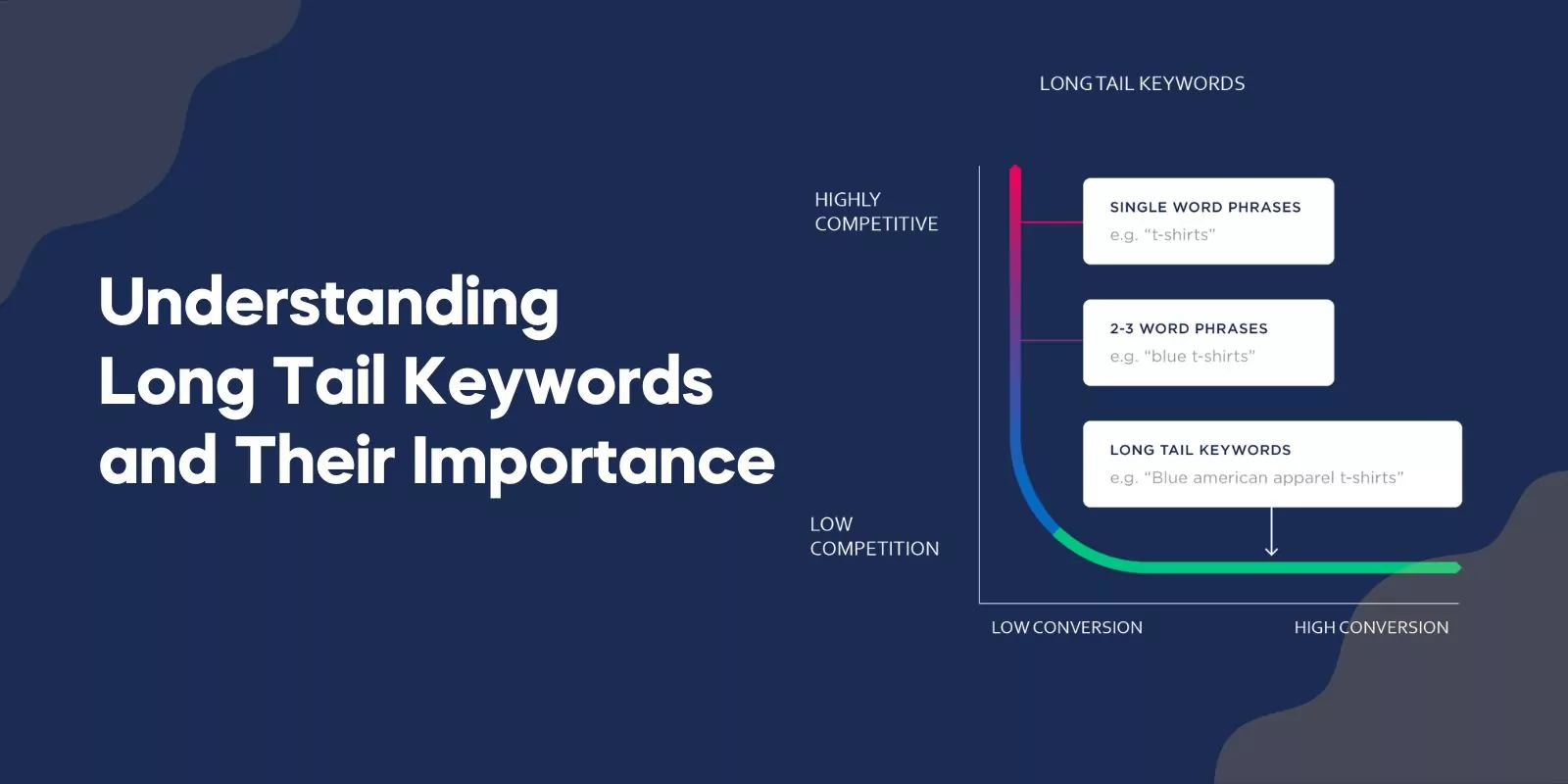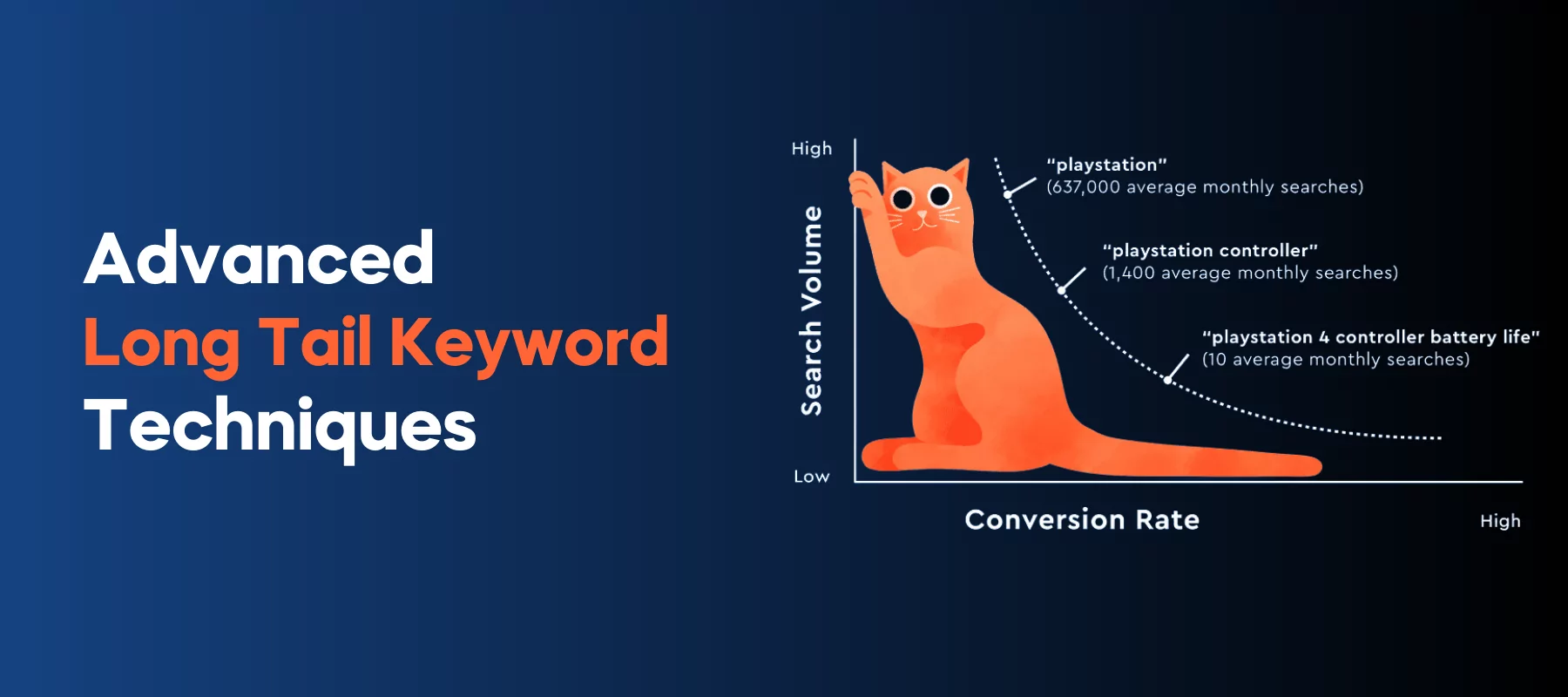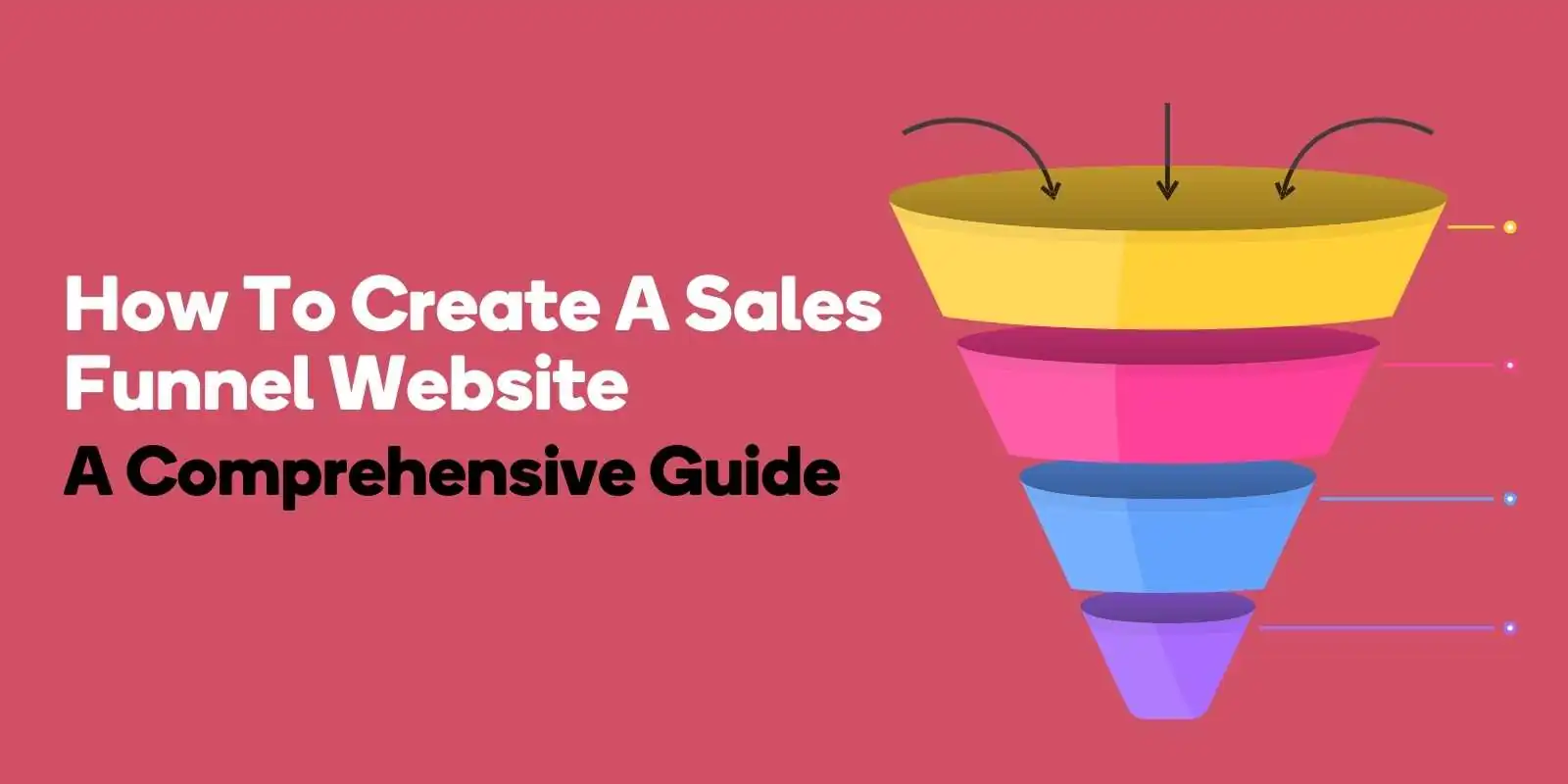In this blog post, we’ll show you how to unlock the potential of niche queries and wield long tail keywords like a pro, giving your online presence a boost that leaves competitors in the dust.
Understanding Long Tail Keywords and Their Importance
Long tail keywords are search phrases that are longer and more specific than their broad counterparts, often used by visitors who are close to making a purchase.
They are the hidden gems of the search world, with tremendous potential to drive targeted traffic and improve your online visibility.
But why are long tail keywords so important, and how can they be harnessed to supercharge your SEO strategy?
Specificity is the name of the game when it comes to long tail keywords. These phrases cater to a niche audience, allowing you to target users who are more likely to convert.
But that’s not all – long tail keywords are also known for their lower search volume and competition, making it easier for your content to rank higher in search engine results.
By focusing on long tail keywords, you position your website as an authority on specific topics, attracting users who are truly interested in what you have to offer.
Key Features of Long Tail Keywords
Long tail keywords have several key features that set them apart from more generic phrases. First and foremost, they are highly specific, directly addressing the needs and interests of your target audience.
This means that when a user searches for a long tail keyword, they are more likely to find exactly what they’re looking for – and that could be your website!
The other major advantage of long tail keywords is their reduced competition and search volume. This may seem counterintuitive at first, but think about it: with fewer websites targeting these niche phrases, you have a better chance of ranking higher in search results and attracting more engaged users.
In other words, long tail keywords allow you to tap into a pool of highly motivated potential customers, boosting your conversions and making your SEO efforts more cost-effective.
The Role of Long Tail Keywords in SEO Strategy
Implementing long tail keywords into your SEO strategy is no longer just an option – it’s essential for success.
By targeting these specific phrases, you can ensure that your content is tailored to the needs and interests of your audience, increasing the likelihood of higher rankings and more conversions.
To leverage long tail keywords effectively, it’s important to strategically place them throughout your website, from blog posts and product pages to meta descriptions and image alt tags.
But remember, user intent should always be your primary focus – not just search engine rankings. Crafting content that genuinely addresses the needs of your audience will not only improve your search rankings, but also create a loyal following of satisfied users.
Identifying and Targeting Niche Queries
Finding niche queries and turning them into long tail keywords is like discovering a treasure trove of untapped potential.
Armed with the right techniques, you can mine this goldmine to uncover highly targeted phrases that have the power to transform your online visibility.
Let’s dive into the methods you can use to find and target these valuable niche queries.
Analyzing Search Intent
To create targeted long tail keywords, it’s essential to understand the search intent behind a user’s query. Search intent can be classified into various categories, such as informational, navigational, transactional, and commercial investigation.
By analyzing the content type, format, and angle of your target audience’s search queries, you can generate long tail keywords that align with their needs and goals.
For example, if you discover that users are searching for information on a specific topic related to your industry, you can create long tail keywords that directly address their questions or concerns.
This not only helps you rank higher in search engine results, but also establishes your website as a valuable resource for users seeking answers or solutions.
Exploring Online Communities and Forums
Digital treasure hunters know that online communities and forums are a goldmine for unearthing niche topics and potential long tail keywords.
By engaging in conversations and observing the topics being discussed, you can gain insights into what people are interested in and what subjects are trending.
To make the most of this strategy, actively participate in these communities and provide helpful advice or information. This will not only help you build relationships with other users, but also give you a better understanding of their needs, preferences, and pain points.
With this knowledge, you can create content that addresses these issues, incorporating long tail keywords that are more likely to resonate with your target audience.
Tools and Tactics for Long Tail Keyword Research
Armed with the right tools and tactics, researching and selecting long tail keywords becomes a breeze.
From keyword research tools to competitor analysis, you’ll have everything you need to uncover the best long tail keywords for your niche and create content that truly shines.
Let’s explore the tools and tactics you can use to power-up your long tail keyword research.
Keyword Research Tools
Several popular keyword research tools can help you uncover the long tail keywords that will drive targeted traffic to your website.
Google Ads Keyword Planner, for example, is an excellent resource for researching keywords and obtaining search volume and traffic estimates. Uber suggest, another powerful tool, provides keyword suggestions, search volume, and competition data to help you make informed decisions.
AnswerThePublic is another valuable resource for finding long tail keywords. This autocomplete database generates search terms organized by questions, prepositions, and comparisons, allowing you to discover new keyword ideas and group them by theme or topic for easier content planning.
With the help of these tools, you can identify the best long tail keywords for your niche and create content that truly resonates with your audience.
Analyzing Competitor Strategies
In the quest for long tail keyword success, it’s essential to keep an eye on your competition. Analyzing their keyword strategies can reveal potential long tail opportunities that you might have missed.
Evaluate their current strategies and tactics, understand their target market, and investigate their strengths and weaknesses by examining their website, social media accounts, and other online presence.
By learning from your competitors, you can refine your own long tail keyword strategy and discover new opportunities for growth. Just remember to put your own unique spin on things – nobody likes a copycat!

Award-Winning
Sales Funnel & Website Expert
Discover How My Agency Can Grow Your Business
- Website: Our websites are the perfect blend of form and function.
- Sales Funnel: We build sales funnels that turn leads into customers.
- SEO: Get found online with our expert SEO services.
Creating Content with Long Tail Keywords
Now that you’ve identified the best long tail keywords for your niche, it’s time to put them to work! In this section, we’ll explore how to seamlessly integrate long tail keywords into your content, from engaging blog posts to optimized product and service pages.
With these guidelines in hand, you’ll be able to create content that not only ranks higher in search engine results but also truly connects with your audience.
Writing Engaging Blog Posts
When incorporating long tail keywords into your blog posts, it’s essential to strike the right balance between SEO and readability.
After all, nobody likes to read content that’s stuffed with keywords and feels unnatural.
To maximize the effectiveness of your long tail keywords, sprinkle them throughout your content, including in titles, headings, and body text, without overdoing it.
Remember, the primary goal of your blog posts should always be to provide valuable information and insights to your readers, not just to rank well in search engines.
By focusing on creating high-quality, engaging content that addresses the needs of your target audience, you’ll naturally incorporate long tail keywords in a way that enhances your SEO efforts without sacrificing the readability of your blog posts.
Optimizing Product and Service Pages
Incorporating long tail keywords into your product and service pages can have a significant impact on your visibility and conversions.
To optimize these pages, ensure you include relevant keywords in your titles, meta descriptions, and image alt text.
Additionally, make sure your product images are high quality and accurately depict what you’re offering.
Customer reviews can also play a crucial role in optimizing your product and service pages. Include unbiased opinions from real customers not only adds credibility to your offerings, but also helps potential customers make informed decisions.
By combining these techniques, you can create optimized pages that attract more targeted traffic and convert visitors into loyal customers.
Developing Local Content
Local content refers to materials, workers, and skills that are sourced from the region in which a product or service is manufactured or offered.
By leveraging long tail keywords in local content, you can target specific geographic areas and audiences, increasing your visibility and engagement with local customers.
To create effective local content, start by identifying the long tail keywords that are relevant to your target audience and the geographic area you wish to focus on.
Next, create content that addresses the needs and interests of this audience, incorporating your chosen long tail keywords naturally and strategically.
By focusing on local content, you can tap into a more engaged and motivated audience, ultimately boosting your conversions and sales.
Tracking and Measuring Long Tail Keyword Success
You’ve done the research, created the content, and optimized your website – but how do you know if your long tail keyword strategy is working?
In this section, we’ll explore the methods you can use to monitor the performance of your long tail keywords and adjust your strategies accordingly, ensuring your SEO efforts are always on point and delivering the best possible results.
Ranking Metrics
Tracking keyword rankings is a crucial aspect of measuring the success of your long tail keyword strategy.
Various ranking metrics can be utilized, such as organic traffic, click-through rate (CTR), exit rate, pages per session, average page load time, keyword rankings, domain authority, and total clicks.
To effectively track your keyword rankings, use keyword tracking tools, set up alerts for changes in keyword rankings, and regularly monitor your website’s performance.
By keeping a close eye on your rankings, you can identify the long tail keywords that are driving the most traffic and adjust your content and SEO strategies accordingly, ensuring you always stay ahead of the game.
Conversion Rates
In addition to monitoring your keyword rankings, it’s essential to analyze the impact of your long tail keywords on conversions and overall ROI.
By targeting more specific audiences, long tail keywords can lead to higher conversion rates, as users who find your website through these searches are more likely to be interested in what you have to offer.
To assess the success of your long tail keywords, track metrics such as visitor count, conversions, and average time spent on your website.
By analyzing this data, you can identify the most effective long tail keywords and adjust your content strategy accordingly, ensuring you’re always targeting the right audience and driving maximum ROI.
Advanced Long Tail Keyword Techniques
As with any digital marketing strategy, there’s always room for improvement and innovation. In this section, we’ll explore advanced tactics for leveraging long tail keywords in your SEO strategy. Ensuring you’re always one step ahead of the competition and ready to seize new opportunities for growth.
Voice Search Optimization
With the growing popularity of voice search, it’s essential to adapt your long tail keyword strategy accordingly.
Voice search optimization involves optimizing your content for natural language queries, as users are more likely to use conversational phrases when searching through voice assistants like Alexa and Siri.
To optimize your content for voice search, focus on incorporating long tail keywords that reflect how users naturally speak.
Additionally, ensure your content is easy to read and comprehend, as voice assistants prioritize content that can be easily understood by users.
By optimizing for voice search, you’ll be able to tap into a rapidly growing market segment and stay ahead of the curve.
Semantic SEO
Semantic SEO is the process of enhancing your web content with meaning and thematic depth, enabling search engines to provide more relevant results to users.
By focusing on the relationships between words and phrases, semantic SEO allows you to target long tail keywords more effectively, ensuring your content is always in tune with user intent.
Incorporating semantic SEO techniques into your long tail keyword strategy involves understanding the context in which keywords are used and optimizing your content accordingly.
By predicting long-tail questions and optimizing your content to address these queries, you can position yourself for success in the future.
With semantic SEO, you’ll not only improve your search rankings, but also create a more satisfying and engaging experience for your users.
Frequently Asked Questions
What are long-tail keywords examples?
Long-tail keywords are highly specific search phrases with three or more words. They’re called “long-tail” because if you plot the frequency of keywords in a graph, these types of keywords appear towards the long end of the tail. While individually they might have less search volume than more generic, shorter keywords, in aggregate they can carry a significant amount of traffic. They also tend to convert better because they catch people later in the buying/conversion cycle.
For example, consider a website selling fitness equipment. Some examples of long-tail keywords might be:
- “Best yoga mat for hot yoga”
- “Top-rated adjustable dumbbells for home gym”
- “Affordable rowing machines under $500”
- “Treadmills with automatic incline adjustment”
What is short tail vs long-tail keywords?
Short-tail keywords, also known as “head” keywords, are search phrases with one or two words. They are broad and generic, and they usually have a high search volume. For example, “shoes” or “running shoes” would be considered short-tail keywords.
On the other hand, long-tail keywords are search phrases with three or more words. They are more specific and tend to have a lower search volume, but also typically have a higher conversion rate. An example of a long-tail keyword is “women’s waterproof trail running shoes.”
What are length tail keywords?
There appears to be some confusion here as “length tail keywords” is not a recognized term in SEO. The term you might be looking for is “long-tail keywords,” which are longer, more specific search phrases.
What are examples of long-tail and short tail keywords?
Here are a few examples to illustrate the difference between short-tail and long-tail keywords:
Short-tail:
- “Laptops”
- “Smartphones”
- “Coffee maker”
Long-tail:
- “Best gaming laptops under $1500”
- “Smartphones with long battery life”
- “Drip coffee maker with grinder”
What is an example of a long-tail effect?
The long-tail effect refers to the concept that the aggregate of less popular items can rival or exceed the sales of the most popular items, especially in online markets.
For example, let’s consider an online music streaming service. The most popular songs (the “hits”) make up a significant portion of the total streams. However, the combined streams of all the less popular songs (the “long tail”) can equal or even exceed the streams of the hits. This is the long-tail effect in action.
What is long-tail vs fat head keywords?
“Fat head” keywords is another term often used to describe short-tail keywords. These are broad, often single-word terms that have a high search volume. They’re called “fat head” because in a graph of keyword frequency, they occupy the “head” of the graph where the frequency is high.
Long-tail keywords, as explained above, are more specific phrases with three or more words. They have lower search volume individually, but in aggregate, they can attract a significant amount of traffic. They’re called “long-tail” because they make up the lengthy “tail” of the keyword frequency graph where the frequency is lower.
For example, in the fitness equipment market, “treadmill” would be a fat head keyword, while “compact treadmills for small spaces” would be a long-tail keyword.
Conclusion
In conclusion, leveraging long tail keywords is an essential aspect of any successful SEO strategy.
By understanding their importance, identifying niche queries, and utilizing advanced techniques such as voice search optimization and semantic SEO, you can harness the power of long tail keywords to drive targeted traffic, boost conversions, and outshine your competition.
Now that you’re equipped with the knowledge and tools needed to master the art of long tail keywords, it’s time to put these tactics into action and watch your online visibility soar to new heights.











